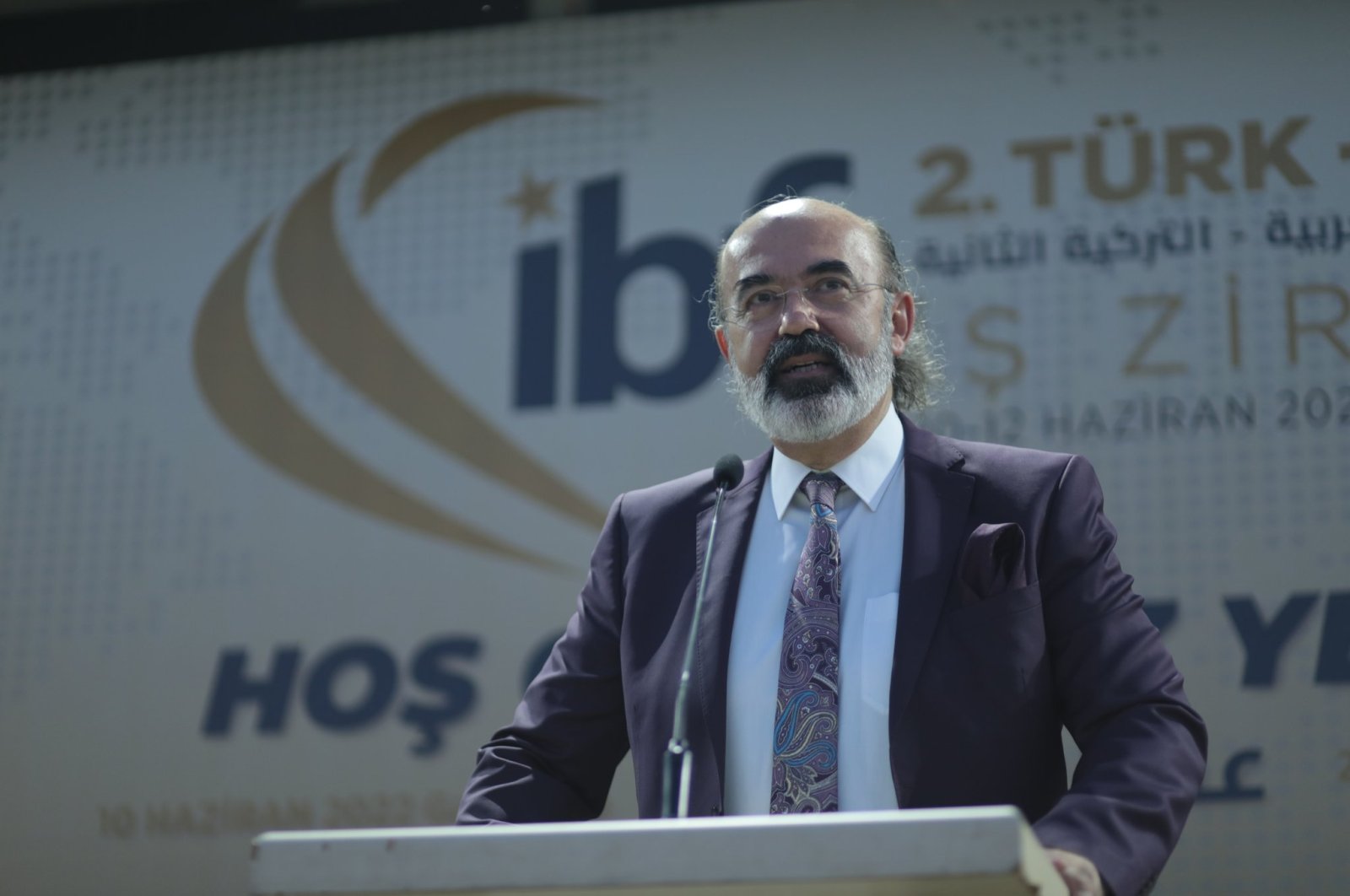A
market of 1.6 billion people that has scarcely been tapped, Muslim
consumers offer enormous potential to Western marketers – but only if
their values are fully understood, says Miles Young
THERE is a sense of the arrival of a new “big thing” in the world of
marketing – and it is coloured green; not the familiar grass green of
the environment, but the deeper green of Islam.
For the first time, it is a topic which is receiving serious public
attention; and the future of Islamic branding was in the spotlight at
the last World Islamic Economic Forum in Kuala Lumpur.
Meanwhile, in the West, recent research (by JWT) amongst Muslim
consumers has highlighted their importance as an attractive market
segment. Already in the US, they are being described as the “new
Hispanics”. While recognition of this new “target” for primarily Western
marketers is timely, simply leaving it there is probably not enough.
There is a bigger angle; what is the role of Islam in the growing
multi-literalism of the global economy itself?
The pure arithmetic, of course, is persuasive at one level, and all the
more so outside of the UK and the US. There are 1.6 billion Muslims
worldwide, rising fast. Of these, only 20 per cent belong to the Arab
world, the majority being located in south and east Asia. The rub,
however, is that the Islamic world still only accounts for 5 per cent of
the world’s GDP. The issues of the Islamic world tend, therefore, to be
those of the developing world. Brands which compete in the global
market place are the necessary weapons for avoiding long term economic
marginalization. It is as simple as that.
Strong values
This looming one quarter of the world’s population shares in Islam a set
of values which are immensely strong – and woefully misunderstood in
the West. Islam equates identity; and defines behaviour in a way which
makes how you do things as important as the things you do. The “ummah”
is premised on a view of what is lawful (halal) and unlawful (haram),
so the gap between belief and behaviour is remarkably narrow.
| “A strong sense of community and welfare underpins all activity, informing business ethics” |
A strong sense of community and welfare underpins all activity,
informing business ethics. Islam has little space for imagery and heavy
reliance on verbal communication. In varying degrees, Sharia compliance
recognizes these requirements, and to some degree, perhaps
unsurprisingly, “Sharia compliant” has become a synonym for “Islamic
brand.”
But Islamic branding is actually more complex than this, and exists at
three levels. At the most exclusive level, overtly Islamic brands place
their appeal strictly on Sharia principles. These are especially
concentrated in the finance and food sectors. Beyond that, there are
brands created by Islamic-rooted organizations informed by Islamic
belief but which are pluralist in their appeal (airlines or telcos would
be an example). And, further still, there are brands which emanate from
Islamic countries but which are not specifically religious in
character; many Turkish brands fall into this category. Confusingly, the
distinction is not often made: but what all three should have is a
common purpose, which is to re-balance the importerexporter
relationships between the Islamic and non-Islamic world.
Beyond Sharia compliance
To do so effectively means harnessing the language and concepts of
branding in each of these categories. So it is just becoming clear, for
instance, that Sharia compliance in itself is not differentiating. Brand
choice requires emotional cues as well. And, at every level, the
competition is against “foreign” brands – which means beating their
emotional preference: because compliance, ultimately, is a generic
benefit.
My feeling after the Kuala Lumpur discussions is that Islamic branding
is at something of a cross-roads: if it recognizes that there is a
difference to be bridged between Islamic products and Islamic brands,
then it should be the “next big thing”; and something which helps,
incidentally, bridge the cultural and economic chasm which separates the
“globalized” and the Islamic worlds.
Targeting non-Muslims
In doing so, Islamic branding can still be unique, and can offer the
world a different angle on value maximization.
The concept of halal in foods, for instance, seems to capture a
craving for purity which goes well beyond a religious franchise. Up to
60 per cent of the consumer base for Islamic financial products in
Malaysia can be non-Muslim. The Islamic importance of community welfare
gives new life to the concept of Corporate Social Responsibility and
relates it much more tightly to the brand in the West.
And the opportunity to create a new Islamic design ethic which could be
analogous to a design tradition which values intrinsic worth – such as
Scandinavian design – also presents itself.
In the West, “Islamic” is so readily and so unfairly equated with the
obscurantist. Anyone who touches an advertising business in those
countries where moderate Islam is the prevailing voice will know that
they are highly creative, highly charged workplaces, certainly more than
capable of ultimately redressing the one way flow of global ideas.
Source: The WIRE (Jan, 2008) – Issue
27



